
Crafting an aluminum Maserti A6 GCS Berlinetta from scratch
Story and Photos by Sudhir “Banzai” Matai
Gearheads often have one car in particular that they lust over from the moment they clap their eyes on it. Before even seeing one in the flesh, watching it drive down the road or sliding behind the wheel, they instantly know that they must have it.
For Dom B., a South African resident from Germany, it was the achingly beautiful Maserati A6 GCS/53 Berlinetta. One of the rarest Italian exotics ever produced: Just four of these exclusive coupes were commissioned in 1954.
Maserati produced an additional two chassis setups that would be available for coupe bodies, but these were actually built as barchettas using two abandoned berlinetta bodies. So for a short while, there were only two berlinettas in existence. These two spares would eventually be drawn into duty, and the total run of genuine A6 GCS Berlinettas in the world now stands at just six. That’s the same as the number of Cobra Daytona Coupes built and 30 less than the famed Ferrari 250 GTO.
The A6 GCS/53 Berlinetta’s nomenclature is admittedly complex, but is full of meaning. The A6 refers to the family of Maserati sports cars and single-seat racers produced in the era, and the G is for ghisa (iron block). The CS stands for corsa sport, a loose translation of racing car, and 53 is the model year.
Built to compete in sports car racing during the mid-1950s, 52 open-top, Spyder versions were created. The tube-frame chassis featured unequal length wishbones up front and a live-axle rear. The A6s were lightweight, roughly 750 kg (less than 1,700 pounds), and powered by a 2.0-liter in-line six that produced 160 bhp at 7,500 rpm. Conditions at the celebrated Mille Miglia required a closed-top version to be competitive, and renowned coachbuilder (now styling house) Pininfarina was tasked with that job.
Dom explains his obsession with this rare creation: “I saw this car in a magazine a few years ago, and I just knew at that moment that I had to have one.”
He spent countless hours on the internet looking at pictures of the four original cars (chassis numbers 2056, 2057, 2059 and 2060). Because these were all coachbuilt cars, they all differed slightly.
“In the end it was No. 2057 that I adored the most,” Dom notes. What is special about the design? Of the four, No. 2057 has a lower (by 40 mm) roofline and a distinctive split windshield.
It also has a more aesthetically pleasing, rounded tail, he feels, as opposed to the fins of the other cars. Interestingly enough, the car’s original owner signor Pietro Palmieri did not care for the noise and heat in the tight cabin, and he had his car rebodied as an open-top version.
Fortunately, the coupe shell survived and was married with one of the spare chassis. Current values of these unicorns are astronomical, effectively ruling out buying one, so Dom did what many have done over the years — he set about building his own.
During his late-night trawls on the internet, he stumbled upon a set of plans for the car. He took a closer look and realized these weren’t just outer dimensions, but rather a detailed set of data points that would allow Dom to create a wooden buck on which to create a metal body.
“I was constantly searching for information on the A6 and then found these ‘blueprints’, let’s call them,” he relates. “The full file cost just a few dollars, so I bought it just to have it. It turns out the company that created the file was just a few hundred miles up the coast from Cape Town.” For his replica project, he had another big factor in his favor as well.
Dom isn’t a complete novice to the car-building game, having created several Cobras for resale in South Africa and in his native Germany. He knows what it takes to create a car from scratch, and more important, he knows where to find the necessary skills in Cape Town.
Armed with his data file for the A6 GCS Berlinetta body, he enlisted the services of Car Body Bucks. The company fed all the dimensions into its 3D modeling software and cut a set of plywood sections that would form the buck around which the new body could be formed. The buck was a great first step and half the equation for the completed Maserati body of his dreams.
For the second half, Dom turned to Jose Coetzer of a local coachbuilding outfit, Old Speed International (OSI). Jose formed the curvy Maserati’s shape in aluminum using little more than an English wheel and a few shaping tools. The end result is so smooth and convincing that Dom says it leaves people tapping the body to check if it’s metal or fiberglass.
While the body was being formed, Dom drew on his experience building Cobras to create the chassis. “The Cobras rolling chassis and the A6’s original are quite close in terms of the wheelbase,” he notes. “So I already had a good starting point.”
He welded up a new frame using 4-inch diameter tubes to create the foundation for the rolling chassis, and the suspension and steering components came from a variety of donor cars. The front end uses hubs and calipers from an Isuzu pickup, while the steering rack is from an MGB. The rear end is almost all custom, featuring unique control arms with bespoke driveshafts linked to a Jaguar XJ6 differential. Then Dom had to pick a suitable engine with the right character.
“I really wanted a twin-cam six cylinder that looked similar to the original Maserati. Of course, an actual Maserati engine was out of the question,” he realized. “So I settled on a Jaguar XK as it is quite a reliable unit and can be rebuilt for a reasonable price.”
The 4.2-liter in-line six was mounted low and quite far back to aid handling and avoid having to ruin the shape of the hood with a bulge or scoop. Relocating the motor this way means the A6 GCS replica has a short, 500 mm (20-inch) drive shaft linking the four-speed Jaguar transmission to the rear end. At close quarters, the refined rumble of the Jag six (only occasionally spluttering due to the carburetors) provides rolling proof that Dom chose well in this regard.
When the rolling chassis was complete, it was mated with the body created by OSI, and the end result is breathtaking. While at OSI, Jose finished off some of the trim pieces, such as the windows and headlamp housings. The interior features Jag-sourced instrumentation and a laser-cut steering wheel that’s faithful to the original design. The finished product maintains the spartan appearance of the authentic Maserati.
Take a closer look and you will see several neat touches that harken back to the era and make this reproduction especially interesting. Among these are the race car hood clips, the tiny push-button door handles (sourced from a VW Beetle engine cover), the knockoff wheel hubs and the quick-release fuel filler cap. Oh, and there is the small matter of the Maserati trident, made of laser-cut aluminum to original size, sitting proudly on hand-finished vanes.
The entire build took Dom and his suppliers 18 months to complete, which is pretty quick, considering the quality of the finished product. The Maserati A6 GCS/53 Berlinetta Pininfarina, to use its full name, has been displayed at several car shows in and around the Cape and is almost always met with dropped jaws — ours included. Most don’t know what it is, and those few who do can hardly believe it’s a replica. Let’s just tell them it’s a unicorn.







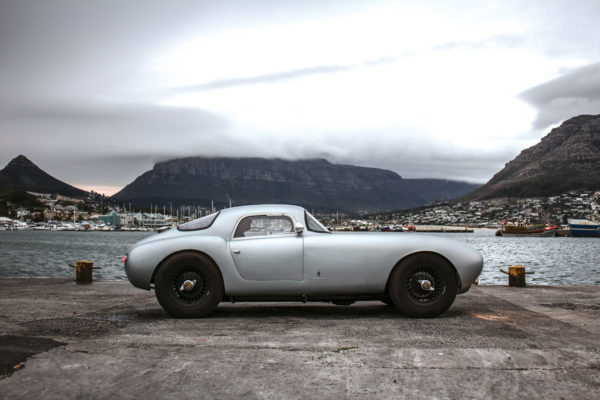

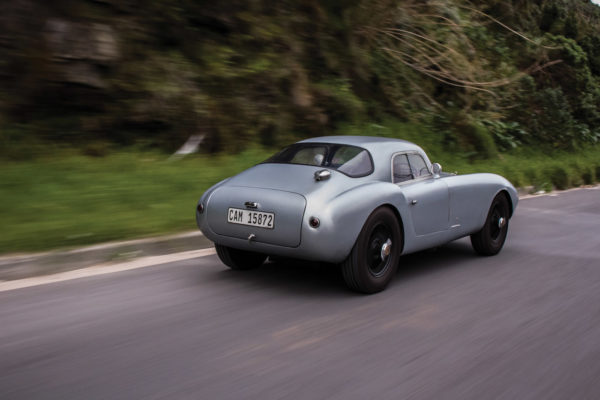
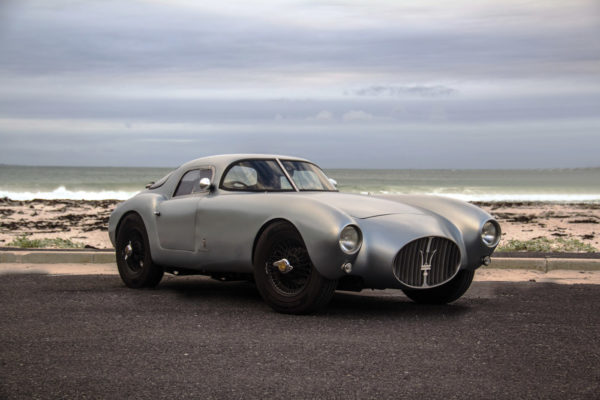



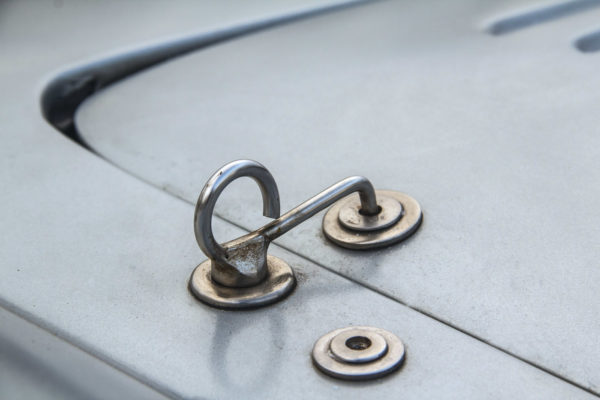

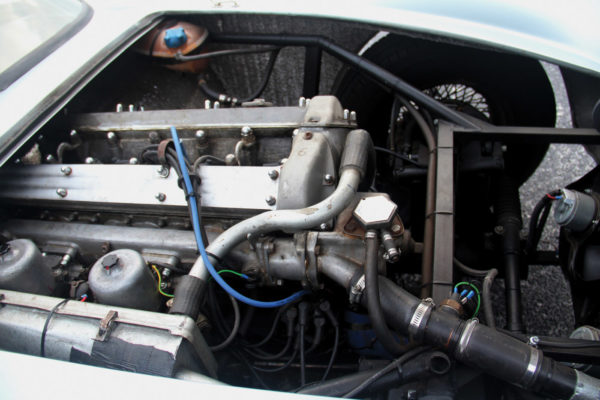


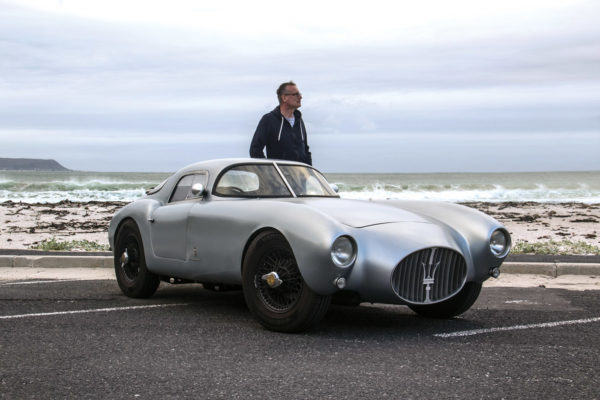


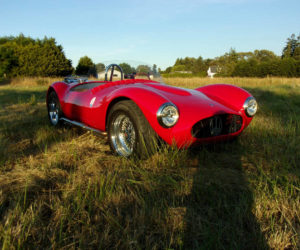
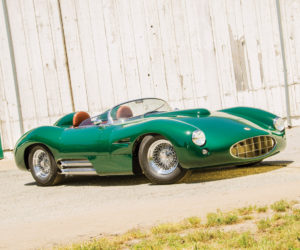
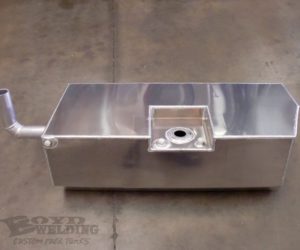
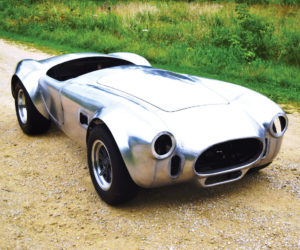





Comments for: To Mirror a Maserati
comments powered by Disqus